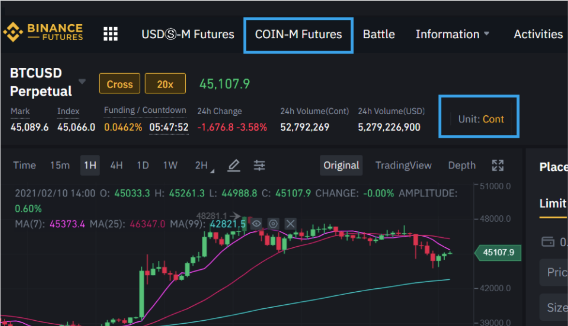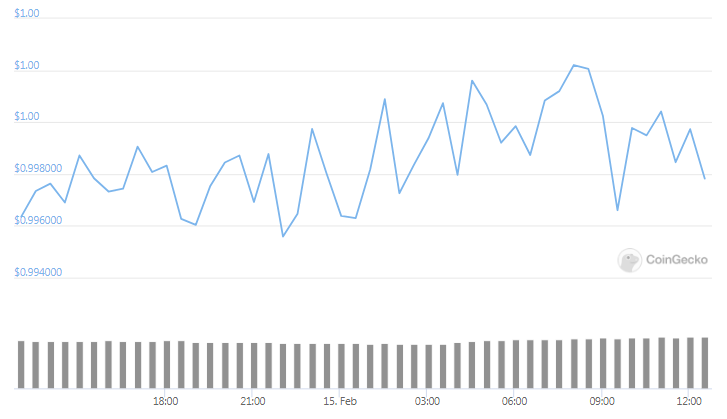USDT-settled futures contracts are growing in demand as crypto exchanges started offering both BTC and USDT ones but which one is better suited for the average trader? Let’s find out in the latest Tether news today.
Once BitMEX launched its BTC perpetual futures market in 2016, it created a new paradigm for the traders but this was not the first platform to start offering BTC-settled inverse swaps so the exchange brought usability and liquidity to a broader audience for the investors. BitMEX contracts didn’t involve fiat or stabelcoins and the reference price was calculated in USD while all losses and profits were paid in BTC. However this year, the USDT-settled futures contracts gained relevance because they made it easier for retail investors to calculate profits, losses, and the required margin however they also have disadvantages.

Binance offers coin-margined BTC contracts so instead of relying on USDT margin, the buyers and the sellers are required to deposit BTC as a margin. When trading these margined contracts, there’s no need to use stablecoins. Therefore it has less collateral risk while the fiat-backed ones run risks of seizures and government controls. By depositing and redeeming BTC the traders can avoid these risks.
On the bad side, when the BTC price goes down, so does one’s collateral in USD terms. This impact usually happens because the contracts are priced in USD. Once a futures position is opened, the quantity is always in contract quantity like 1 contract=1 USD or 1 contract=100USDT. This effect is known as the non-linear inverse future returns so the buyer incurs more losses when the BTC price collapses. The difference grows wider with the reference price moving down from the starting position.

USDT-settled futures contracts are quite easy to manage because the returns are linear and unaffected by the strong BTC price moves. For everyone that wants to short the futures contracts, there’s no need to purchase BTC but there are costs involved to keep the open positions. The contract doesn’t need a hedge to protect the collateral exposure which is why it’s a better idea for the retail traders.
It’s worth noting that having long-term positions on stablecoins brings a risk that increases once third party custody services are used. This is one reason why the stakers can obtain 11% APY on the stabelcoin deposits. Once an investor measures the returns in BTC or fiat, it will also play a huge part in the decision.
DC Forecasts is a leader in many crypto news categories, striving for the highest journalistic standards and abiding by a strict set of editorial policies. If you are interested to offer your expertise or contribute to our news website, feel free to contact us at [email protected]























Discussion about this post